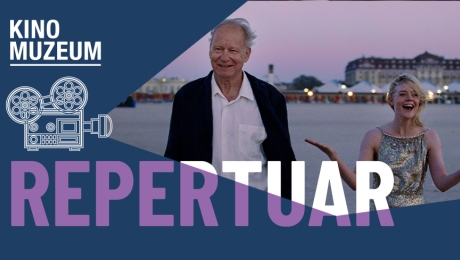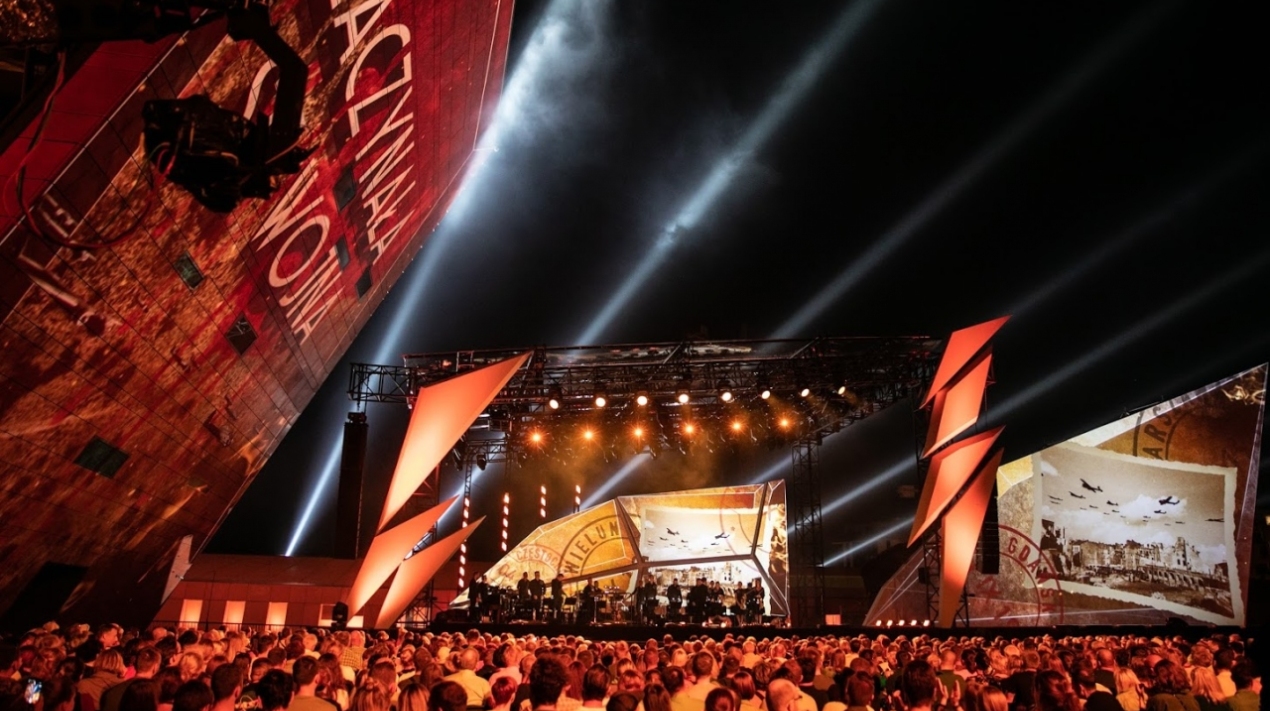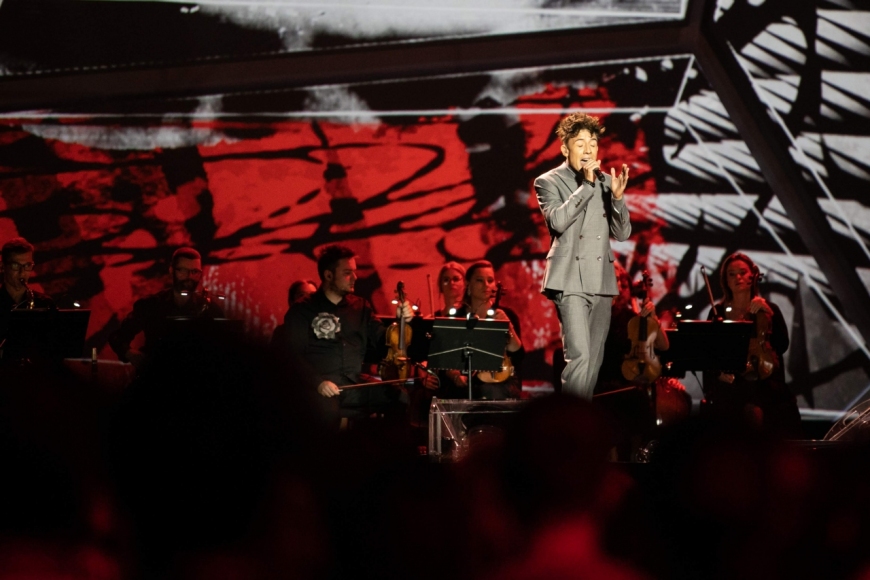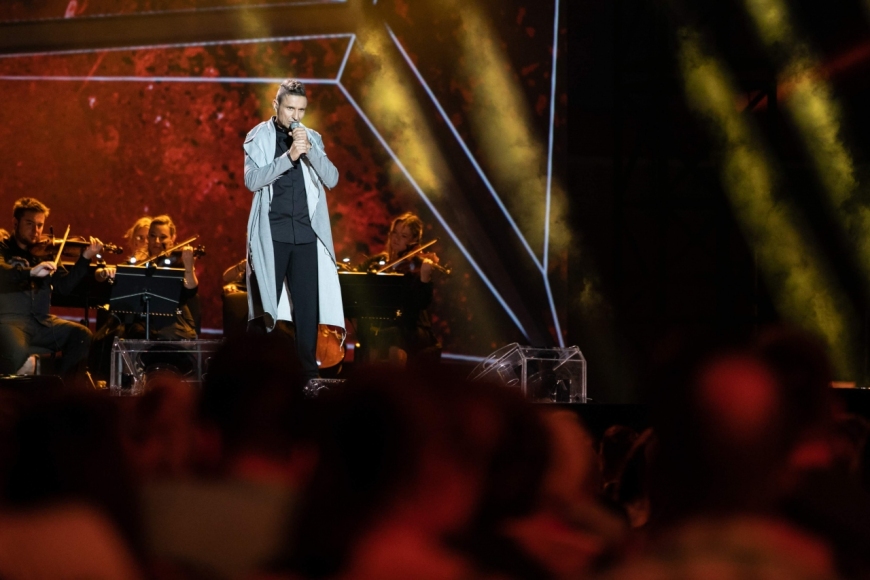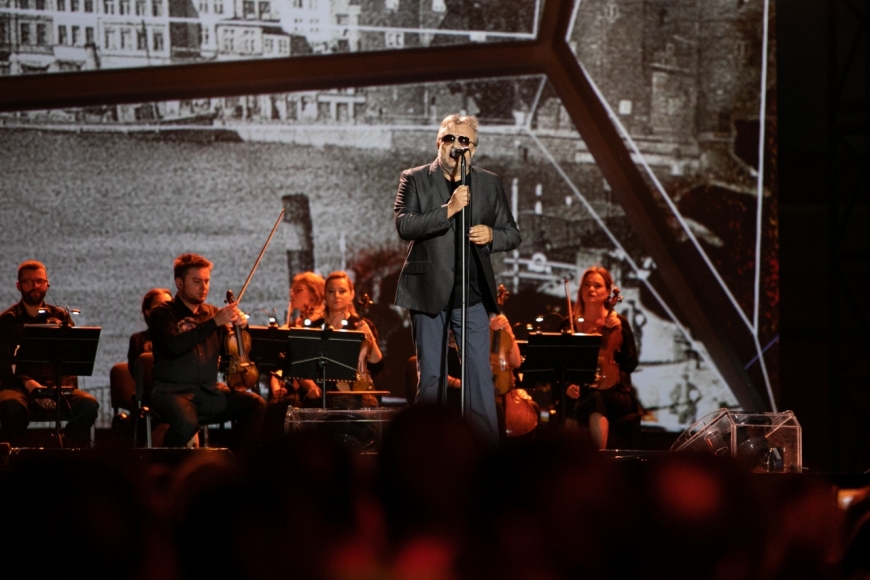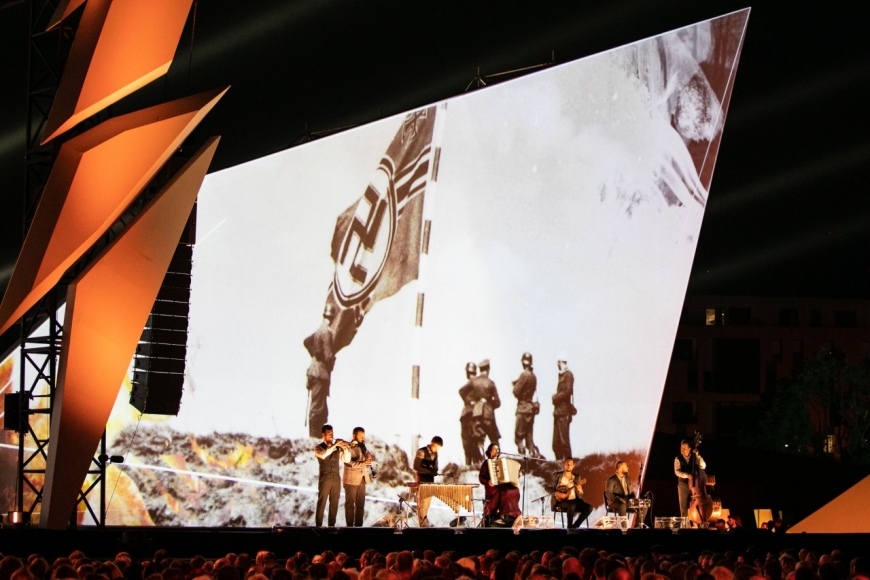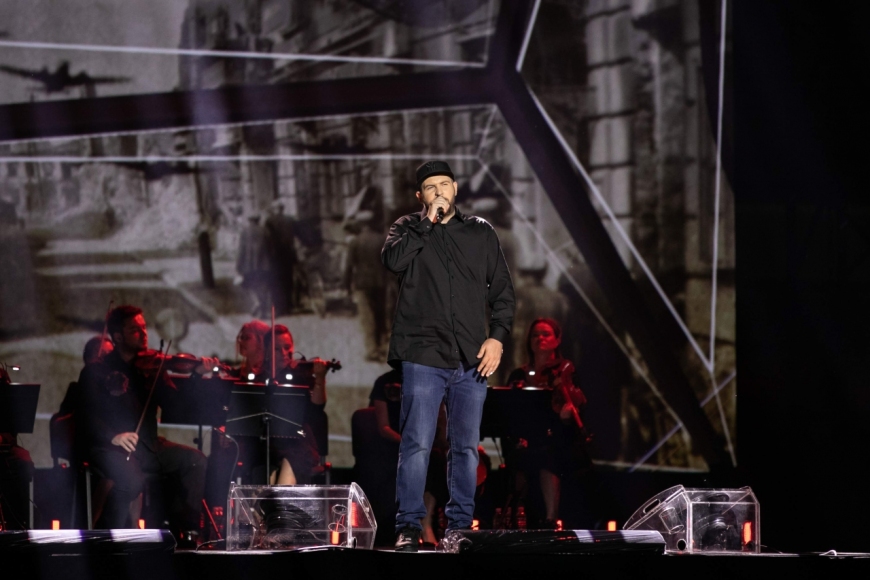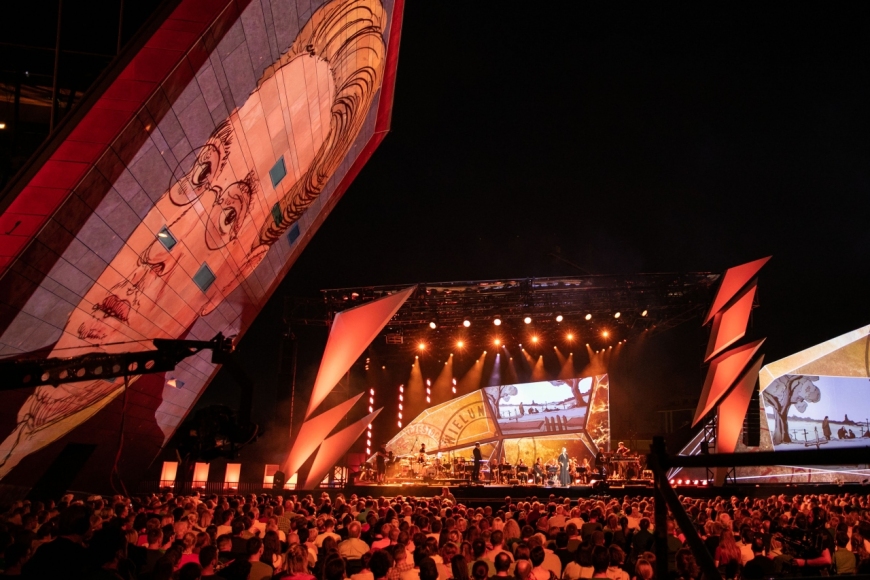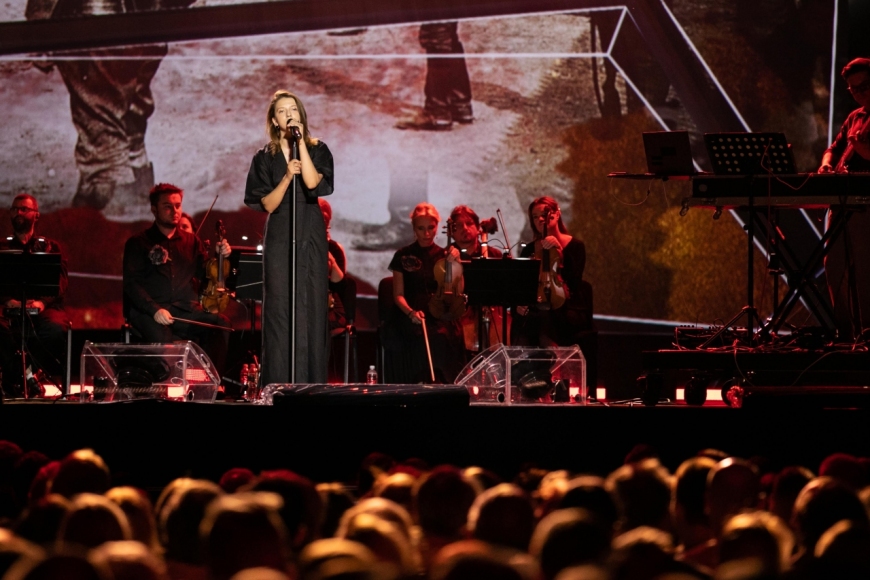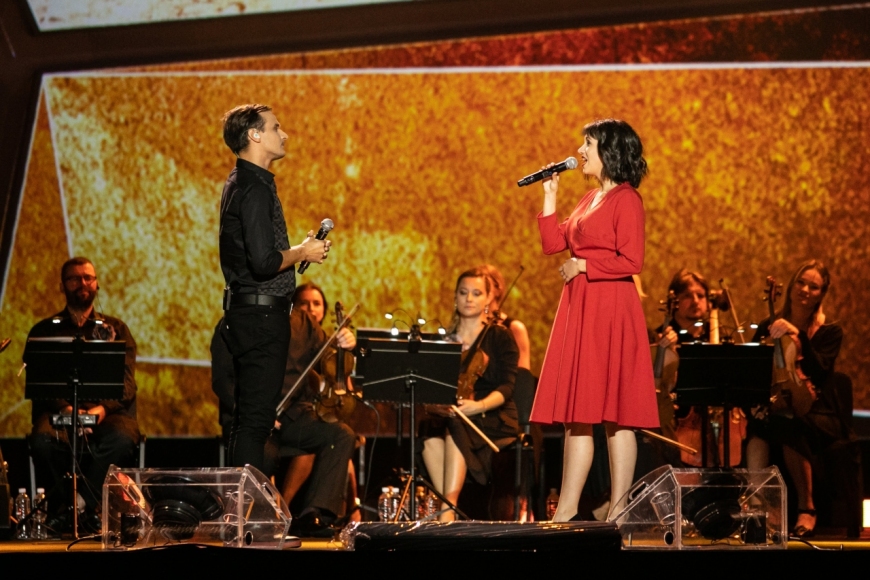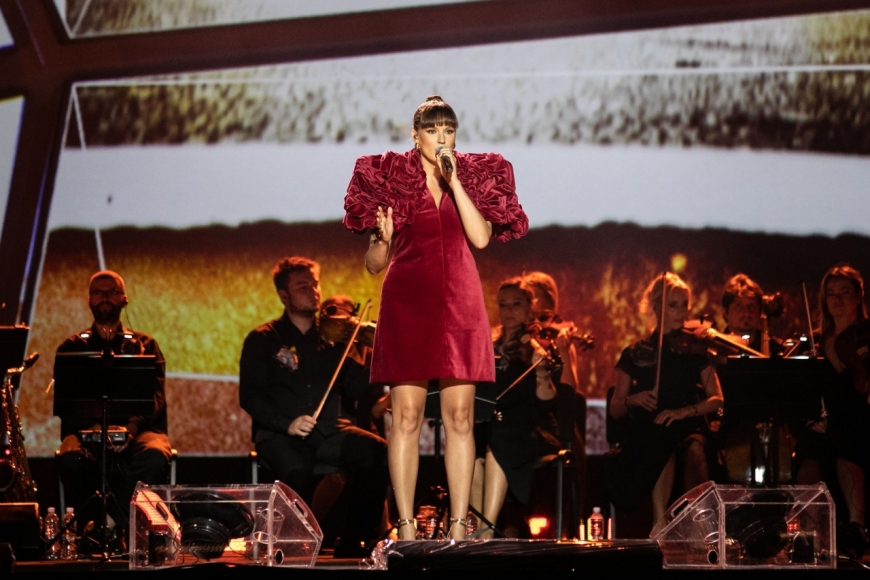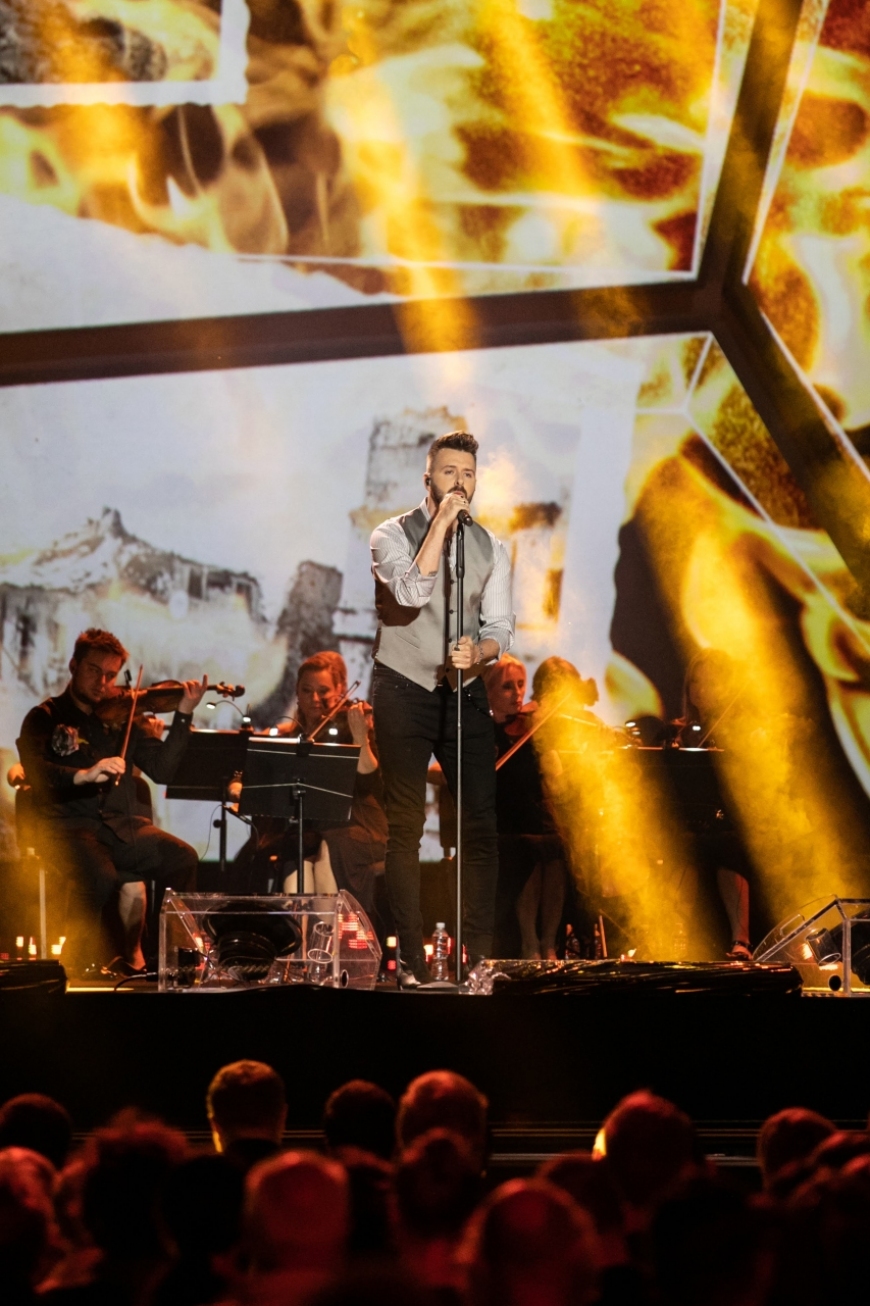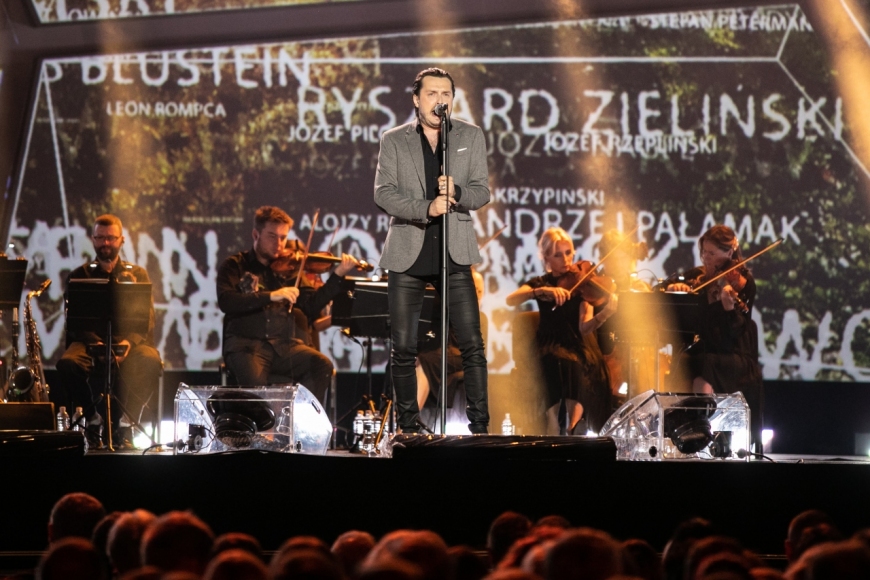Musical Performance “This Is How the War Began”
Celebrations to commemorate the outbreak of World War II were concluded with a moving musical performance entitled “This Is How the War Began”.It presented wartime poems, songs composed specifically for this occasion, as well as new arrangements of contemporary songs. The event hosted the stars of Polish music - Bovska, Krzysztof Cugowski, Piotr Cugowski, Grzegorz Hyży, Ralph Kamiński, Dawid Kwiatkowski, Michał Kowalonek, Margaret, Natalia Nykiel, O.S.T.R, Janusz Radek, The Dumplings, Warszawska Orkiestra Sentymentalna and Tomasz Szymuś Orkiestra.
The show consisted of fourteen parts. Twelve cities-symbols were showcased, along with their tragic histories of September 1939 (Gdańsk, Wieluń, Częstochowa, Sulejów, Janów Lubelski, Ciepielów, Frampol, Zambrów, Grodno, Warsaw, Zakroczym, Piaśnica). The presented songs illustrated the history of a city - a symbol of brutality. Some of them were preceded by animated shorts about the heroes of a given region. The histories focused on harcmistrz Jan Ożdżyński, Bolesław Kurkowski, Władysław Gajda, Tadzio Jasiński, cpt. Tadeusz Wojciech Durant, blessed Alicja Kotowska, Józef Stanisław Bednarz, and Halina “Hala” Maria Stefanowska. The songs were intertwined with the memories of witnesses to history and archival material screenings.
The show was hosted by the actor Antoni Pawlicki. It was transmitted live in its entirety in TVP 2 and Channel 1 of Polskie Radio (Program 1 Polskiego Radia).
Captain Tadeusz Wojciech Dorant - during the Polish campaign of 1939 he was the commander of the 7th company, 3rd battalion of the 2nd Legion Regiment. On September 28th the decision was made to surrender Zakroczym and hoist white flags. The Germans approached Polish positions and attacked the defenders with flamethrowers. Captain Dorant was one of the victims of this action. He was posthumously awarded the War Order of Virtuti Militari.
Władysław Gajda - a feldsher performing simple operations in the field. During the bombing of Sulejów on 4 September 1939, he helped a great many wounded and burn victims. As a member of the resistance movement, together with Bolesław Kwapiński M.D. he secretly treated wounded guerrillas.
The blessed Alicja Kotowska (actually Maria Jadwiga Kotowska) - a nun, sister superior of the Sisters of the Resurrection in Wejherowo. In mid-September, in result of denunciation, she was arrested by the Gestapo. On 11 November 1939, she was transported to the Piaśnica Forest alongside Jewish children. Her body was never found.
Jan Ożdżyński - a harcmistrz (scoutmaster) and NCO of the reserve of the Polish Armed Forces. He was active in the Gdańsk troop of the Polish Scouting Association and participated in the conspiracy structures of the Riflemen Association (Związek Strzelecki) in the Free City of Danzig. We worked with the Polish intelligence agency. He was killed on 1 September 1939 while he was on duty at the building of the former Polish Railways District Directorate (Dyrekcja Okręgowa Kolei Państwowych).
Bolesław Kurkowski - employee of the Częstochowa City Council (Zarząd Miasta Częstochowa), he led the exhumations of the victims of the September 1939 campaign victims. Thanks to his efforts, the identities of the people shot were determined. Acting in conspiracy, he saved many people from arrests, helping them in obtaining documents. His home was a haven for people of the cloth, escapees from prisons and camps, and the wounded.
Halina Maria Stefanowska - in besieged Warsaw, she worked as a nurse at the Infant Jesus Teaching Hospital. She was killed in September 1939 when the Germans bombed the hospital despite the red cross symbol placed on the building. She was 19.
Tadeusz Jasiński - a thirteen-year-old boy, who threw a Molotov cocktail at an attacking tank during the Soviet offensive to Grodno. Unfortunately, he failed to light it. Captured by the Soviets, he was tortured and strapped to a tank as a living shield. Freed by Polish female scouts, he died in his mother’s arms.
Józef Władysław Bednarz - a psychiatrist, nicknamed the “Korczak of Pomerania”. He was
a proponent of treatments involving a good-natured approach to the patient claiming that “the attitude towards those suffering from psychiatric disorders is a measure of a person’s humanity”. When the Germans exhumed the bodies of the hospital’s patients, he did not use the opportunity to escape. He was murdered by the occupiers alongside his wards in autumn of 1939.









